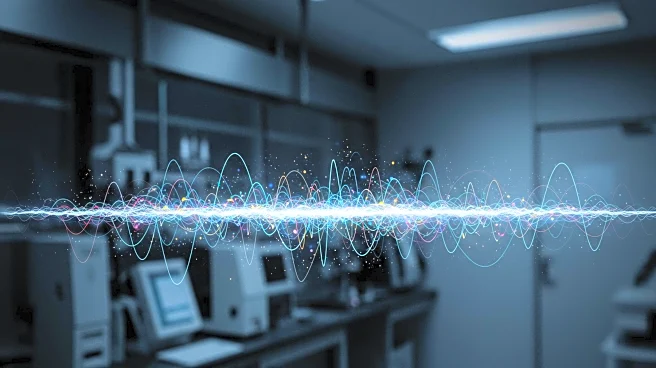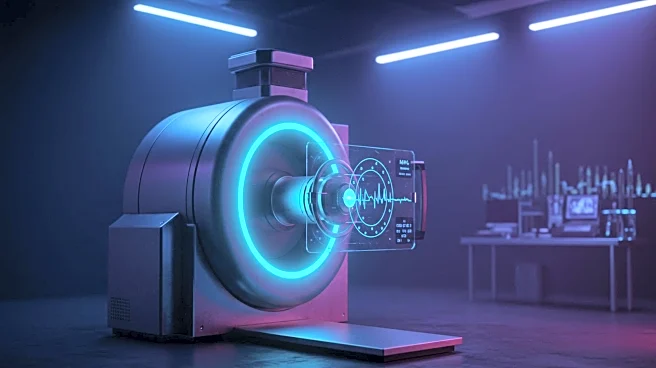Rapid Read • 7 min read
Scientists at the Niels Bohr Institute have developed a new method to study elusive quantum states in superconducting vortices, a phenomenon first theorized in the 1960s. By creating a synthetic superconducting cylinder and applying magnetic flux, the researchers have successfully recreated the conditions necessary to observe these quantum states. This breakthrough allows for the study of quantum states on a more controlled platform, potentially leading to advancements in quantum research. The findings, published in Physical Review Letters, highlight the versatility of the semiconductor-superconductor platform, which was originally developed in Copenhagen.
AD
This discovery is crucial for the field of quantum physics, as it provides a new way to study complex quantum states that have been difficult to observe directly. The ability to manipulate and study these states could lead to significant advancements in quantum computing and materials science. By understanding these quantum states, researchers can develop hybrid quantum simulators, which are essential for studying future materials and technologies. This research underscores the importance of innovation in quantum platforms and could pave the way for new applications in technology and engineering.
The research team plans to further explore the potential applications of their findings in quantum simulators and other advanced technologies. The semiconductor-superconductor platform may be used to study additional quantum phenomena, potentially leading to new discoveries in the field. As the research landscape in quantum physics continues to grow, this breakthrough could inspire further studies and collaborations aimed at harnessing the power of quantum states for practical applications.
AD
More Stories You Might Enjoy










